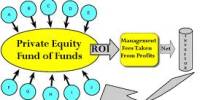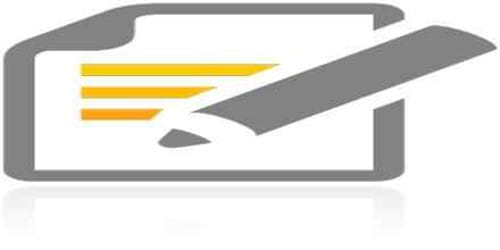The initial investment is the amount required to start a business or a project. It is also known as start-up costs are net cash outflows at the present cost. It refers to the sum of all cash outflows and cash inflows occurring at zero time periods. It equals capital expenditures plus working capital requirement plus after-tax proceeds from assets disposed of or available for use elsewhere. This cost also encompasses installation and shipping costs involved with purchasing equipment. This is often considered to be a long-term investment. It is the money a business owner needs to start up a firm.
Net investment refers to the amount of which will be required for the acquisition of fixed assets. It may include the business owner’s own money, money borrowed from a variety of sources, including family and friends or banks, or money raised from investors. Thus initial investment of a new fixed asset or project comprises cost, freight, installation charges, custom duty, etc.
Formula
Initial investment equals the amount needed for capital expenditures, such as machinery, tools, shipment, and installation, etc.; plus any increase in working capital, minus any after-tax cash flows from the disposal of any old assets. Sunk costs are ignored because they are irrelevant.
Initial Investment = CapEx + ΔWC + D
Where,
- CapEx is capital expenditure,
- ∆WC is the change in working capital and
- D is the net cash flow from the disposed asset.
The determination of net investment in replacement cases is different than the investment of a new proposal. It refers to the initial investments needed in order to begin a given project. For instance, if opening a new factory, a company would need to purchase new land and machinery in order to get the project going. Usually, a company’s management will base their decision to pursue certain projects based on profitability metrics or strategic value.
















